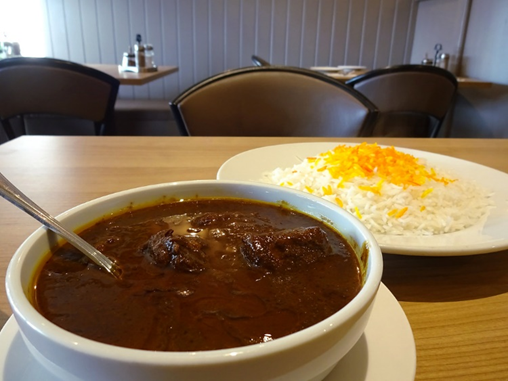- Get link
- X
- Other Apps
"Explore the rich flavors of fesenjoon, a traditional Persian dish that combines ground walnuts and pomegranate molasses. Learn how to make this exquisite delicacy and savor its unique sweet and sour taste. Dive into the world of fesenjoon and bring the essence of Iranian cuisine to your table."
Introduction:
Welcome to our culinary journey as we delve
into the captivating realm of Persian cuisine. In this blog post, we'll be
exploring the enchanting flavors of fesenjoon, an iconic dish cherished by
Iranians for its extraordinary blend of savory and tangy notes. Join us as we
uncover the secrets behind preparing this mouthwatering delicacy and experience
the magic of fesenjoon in your own kitchen.
The
Origins and Significance of Fesenjoon
Fesenjoon, also known as fesenjan, holds a
special place in Persian cuisine and culture. With roots tracing back
centuries, this delightful dish is often reserved for special occasions and
celebrations. It showcases the harmonious fusion of ingredients that exemplify
the artistry and sophistication of Iranian culinary traditions.
Cooking
Fesenjoon: A Step-by-Step Guide
Preparing the Ground Walnut Base:
To begin, lightly toast the walnuts to enhance
their nutty aroma. Once cooled, grind them into a fine powder or paste using a
food processor or mortar and pestle. This walnut mixture serves as the
foundation for the rich sauce of fesenjoon.
Incorporating Pomegranate Molasses:
In a deep cooking pot, combine the ground
walnuts with pomegranate molasses and water or chicken broth. Stir the mixture
well to achieve a smooth consistency. The tartness of the pomegranate molasses
will beautifully complement the earthy flavors of the walnuts.
Adding the Meat:
For a traditional fesenjoon, consider using
chicken or duck. Brown the meat in a separate pan before introducing it to the
simmering walnut and pomegranate sauce. This additional step enhances the depth
of flavors and contributes to the overall succulence of the dish.
Slow Simmering for Flavor Infusion:
Allow the fesenjoon to cook over low heat,
ensuring the ingredients meld together harmoniously. The slow simmering process
allows the sauce to thicken and develop a luscious, dark brown color. This patiently
prepared dish is worth the wait, as the flavors intensify with time.
Serving and Garnishing Suggestions
Fesenjoon pairs wonderfully with fragrant basmati rice, which acts as the perfect canvas for the flavorful sauce. The velvety texture of the fesenjoon, along with the contrasting textures of the walnuts and meat, creates a truly indulgent experience. For an added touch of elegance, garnish your fesenjoon with crushed walnuts or vibrant pomegranate seeds, adding visual appeal and a delightful crunch.
Conclusion:
Prepare to embark on a culinary adventure
by incorporating fesenjoon into your repertoire of international recipes. With
its tantalizing blend of walnuts and pomegranate molasses, this Persian
delicacy
- Get link
- X
- Other Apps



Comments
Post a Comment